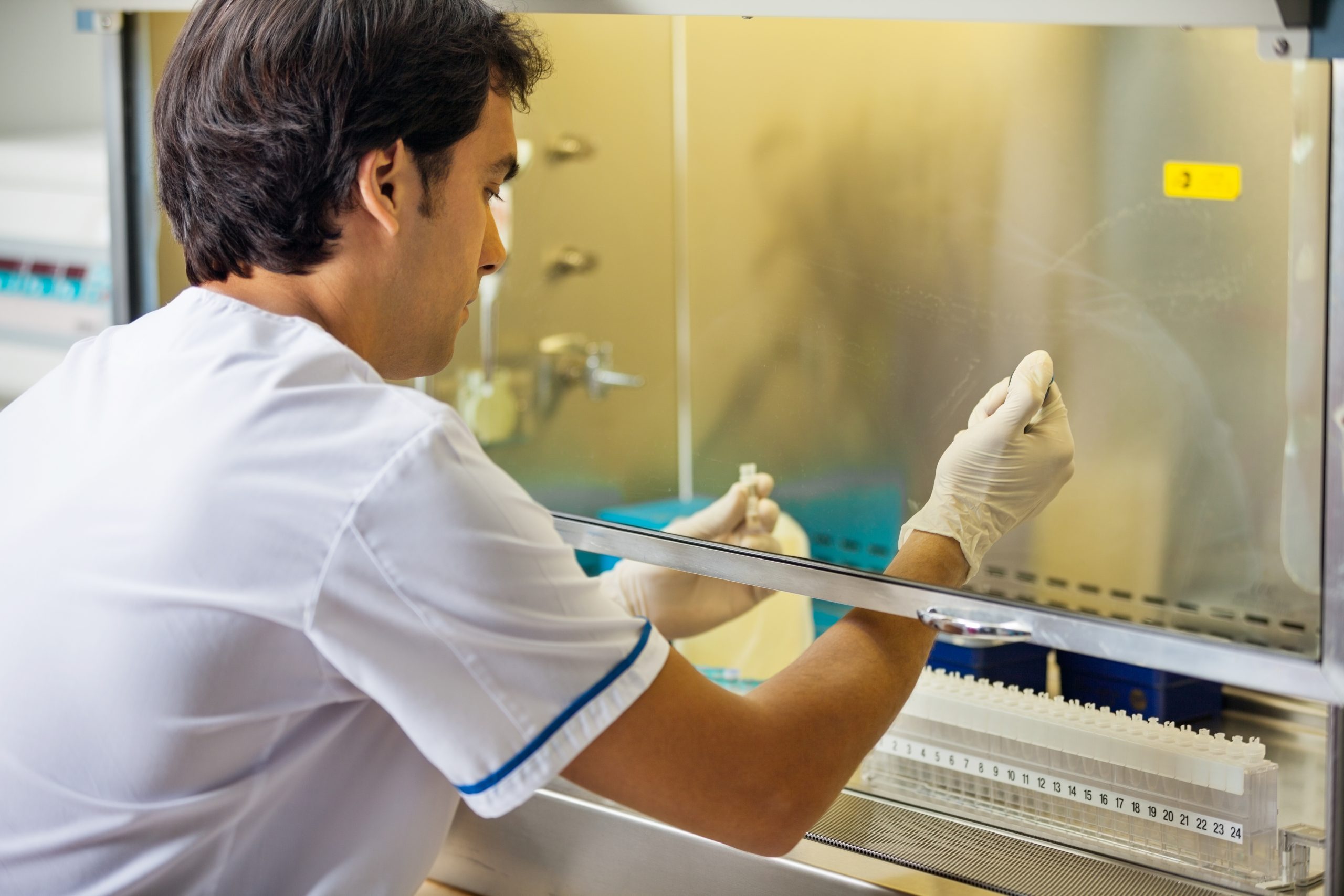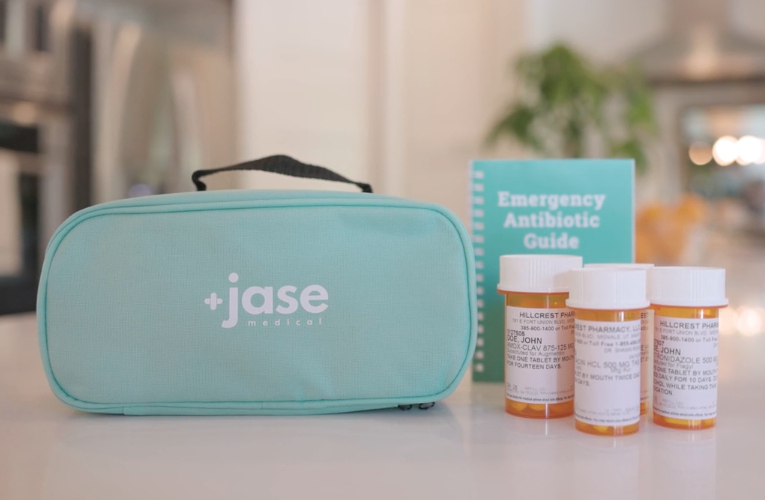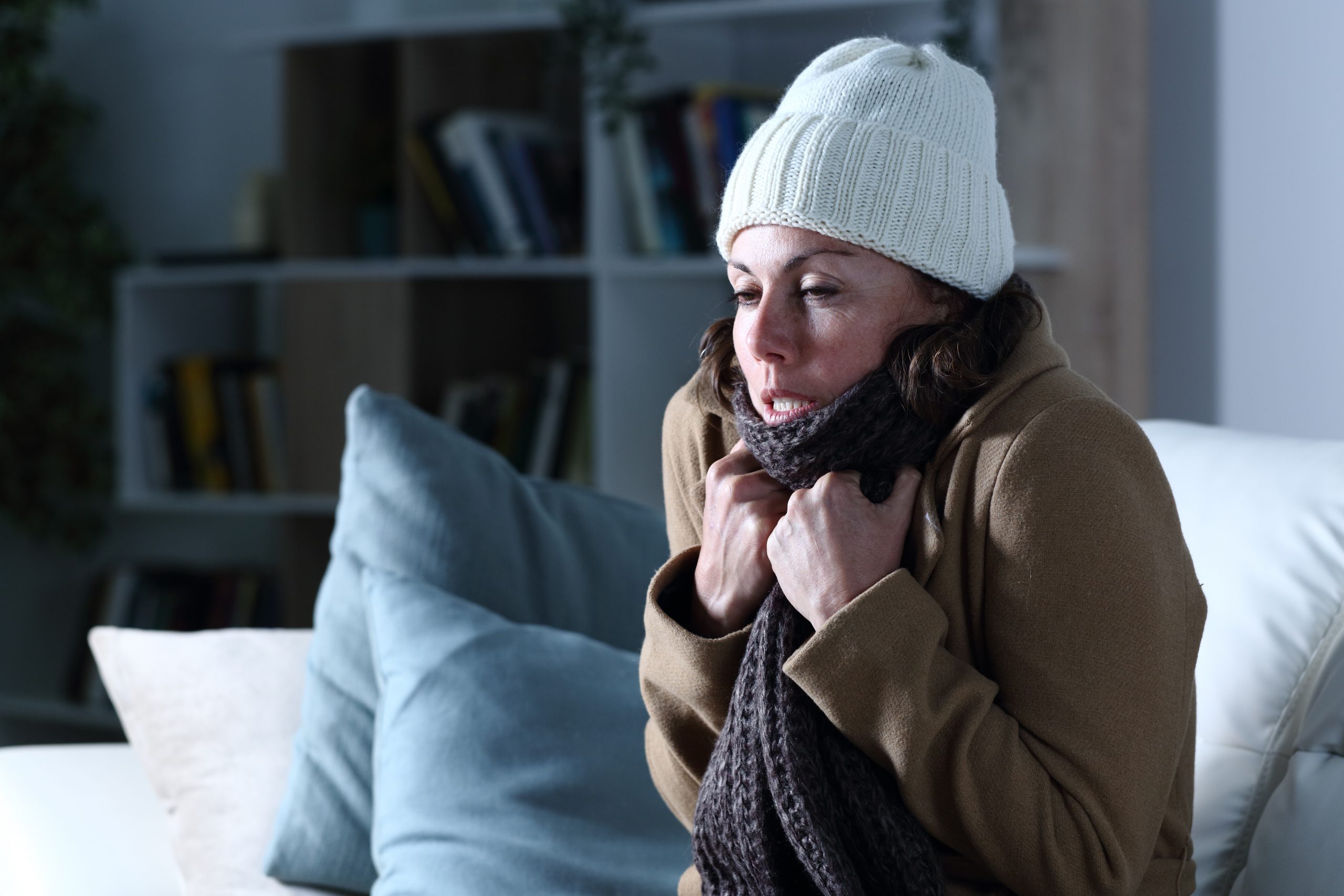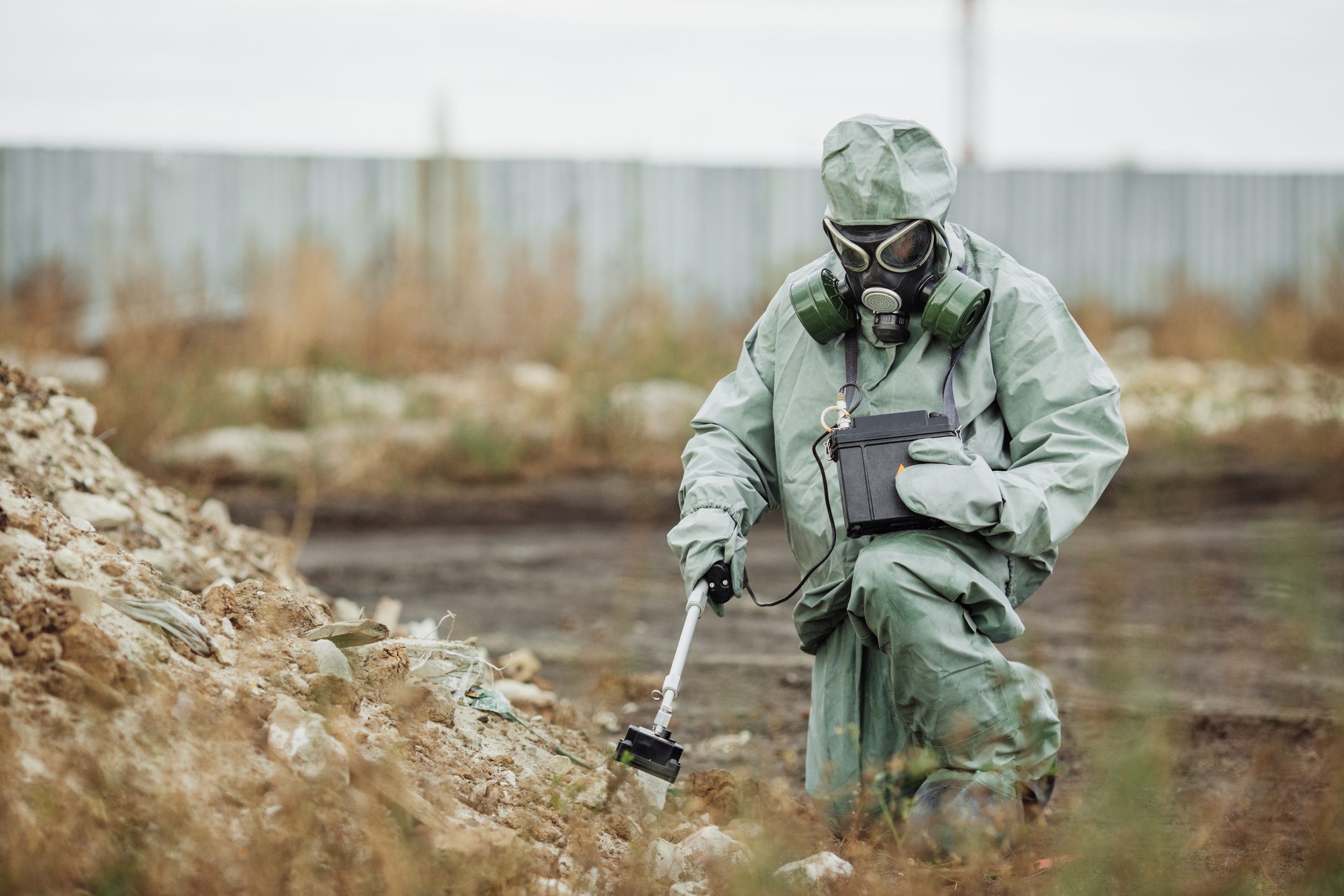Educating and preparing your children ahead of time means fewer surprises in the event of an emergency.Growing Up Prepared: Empowering Youth in Disaster Preparedness As we observe National Preparedness Month, it's crucial to remember that disasters can strike at any...
Bioterrorism at Our Door

The threat of deadly pandemics on US soil from our own Biolabs (either intentional or unintentional) is very real, and more commonplace than you would expect.
Biolab is a term used to refer to 4 levels of biosafety according to the pathogens researched in the labs. The more dangerous and infectious the agent the higher level of lab. For instance, a level 1 BSL has less restrictions on how pathogens are handled.
- BSL-1 labs are used to study infectious agents or toxins not known to consistently cause disease in healthy adults. Handwashing and gloves and other minimal equipment are utilized in this level.
- BSL-2 labs study moderate-risk infectious agents or toxins that pose a risk if accidentally inhaled, swallowed, or exposed to the skin.
- BSL-3 laboratories are used to study infectious agents or toxins that may be transmitted through the air and cause potentially lethal infection through inhalation exposure.
- BSL-4 laboratories are used to study infectious agents or toxins that pose a high risk of aerosol-transmitted laboratory infections and life-threatening disease for which no vaccine or therapy is available. An interactive map provided by by Schar School director of biodefense programs Gregory Koblentz and Filippa Lentzos of King’s College London shows all the BSL4 level labs around the world.
- Higher BSL levels can include multiple containment rooms, positive airflow suits, sealed rooms, etc.

The US government recently unveiled a report titled “National Biodefense Strategy and Implementation” focused on countering the threat of accidental and intentional release of biological agents which result in pandemics. This is all well and good, however there are still hundreds of accidents in these labs that are not widely reported to the general public, keeping us in the dark about the real and scary reality- that we are one accident away from a total depopulation scenario.
BSL labs around the world- the threat is real
The recent pandemic brought to light the real danger of laboratory accidents. A report released in October titled “An Analysis of the Origins of the COVID-19 Pandemic- an interim report” by the Senate Committee on Health Education, Labor and Pensions Minority Oversight Staff points to multiple biosafety failures at the WIV (Wuhan Institute of Virology). The report concluded that these biosafety failures led to the spread and pandemic of Covid-19, the report concluded.
Intercept, an independent journalism platform obtained documents through the Freedom of Information Act which revealed 18 years of laboratory accidents in biolabs across the United States. Intercept obtained over 5,500 pages of documents pointing to hundreds of accidents in labs. Most were in lower-level security labs, however there were quite a few disturbing numbers of accidents in the BSL3 and 4 labs. According to Intercepts findings these reports ranged from:
- In 2010 an autoclave leaked steam and water while decontaminating waste from a SARS virus, potentially exposing eight people to the virus, which could spark a pandemic. Luckily ,the machine had already reached a high temperature — likely enough to kill the virus — before malfunctioning.
- In 2011, a ferret that had been inoculated with the 1918 influenza strain- the strain that had killed an estimated 20-50 million people, bit a researcher, piercing the skin through his double gloved hands. The 1918 flu strain is housed in BSL3 level lab, and because is transmitted through respiratory droplets it is unlikely to cause the flu when bitten. The researcher cleansed the wound and was sent home to quarantine, not referred to a monitored room for isolation or a hospital. Given the deadly nature of the virus, some feel that even experimentation on this virus should be banned.
- After pricking her finger with a needle, a graduate student at Washington University School of Medicine contracted the debilitating Chikungunya virus. This virus is housed in a BSL3 lab. She washed her hands and hadn’t told anyone of the needle prick until she became ill a few days later.
- An internal audit on CBRNE exposure-the acronym for chemical, biological, radiological, nuclear, and high-yield explosives- revealed the army is ill equipped to handle emergencies of this type, citing lack of equipment and training. A pathogen, such as Anthrax, one of the most lethal bioweapons known could easily be spread due to personnel not receiving adequate training and lack of hazmat suits, respirators, etc.
The world is getting smaller every day. A virus believed to originate in China spread worldwide despite all the precautions and measures taken. It is just a matter of time before this scenario plays out again, affecting supply chains, overloading hospitals, water supplies , and more.
Be prepared. The JASE Case includes antibiotics effective against anthrax, tularemia, and other infectious agents. Please, this time around be prepared.
- Brooke Lounsbury
Medical Content Writer
Lifesaving Medications
Recent Posts
Keeping you informed and safe.
Youth Preparedness: Teaching, Building, and Coping with Disasters
Low-Cost and No-Cost Emergency Preparedness Measures
Small steps today, mean a safer tomorrow for you and your loved ones.Low-Cost and No-Cost Emergency Preparedness So far in our series for National Preparedness Month this September, we've already covered How to Make an Emergency Plan for Your Household and How to...
How to Build A Home Emergency Kit
A thoughtfully crafted emergency kit can become a lifeline for your family after a disaster. How to Build a Home Emergency Kit In an unpredictable world, being prepared for emergencies is not just a precaution—it's a necessity. A well-stocked home emergency kit can be...













